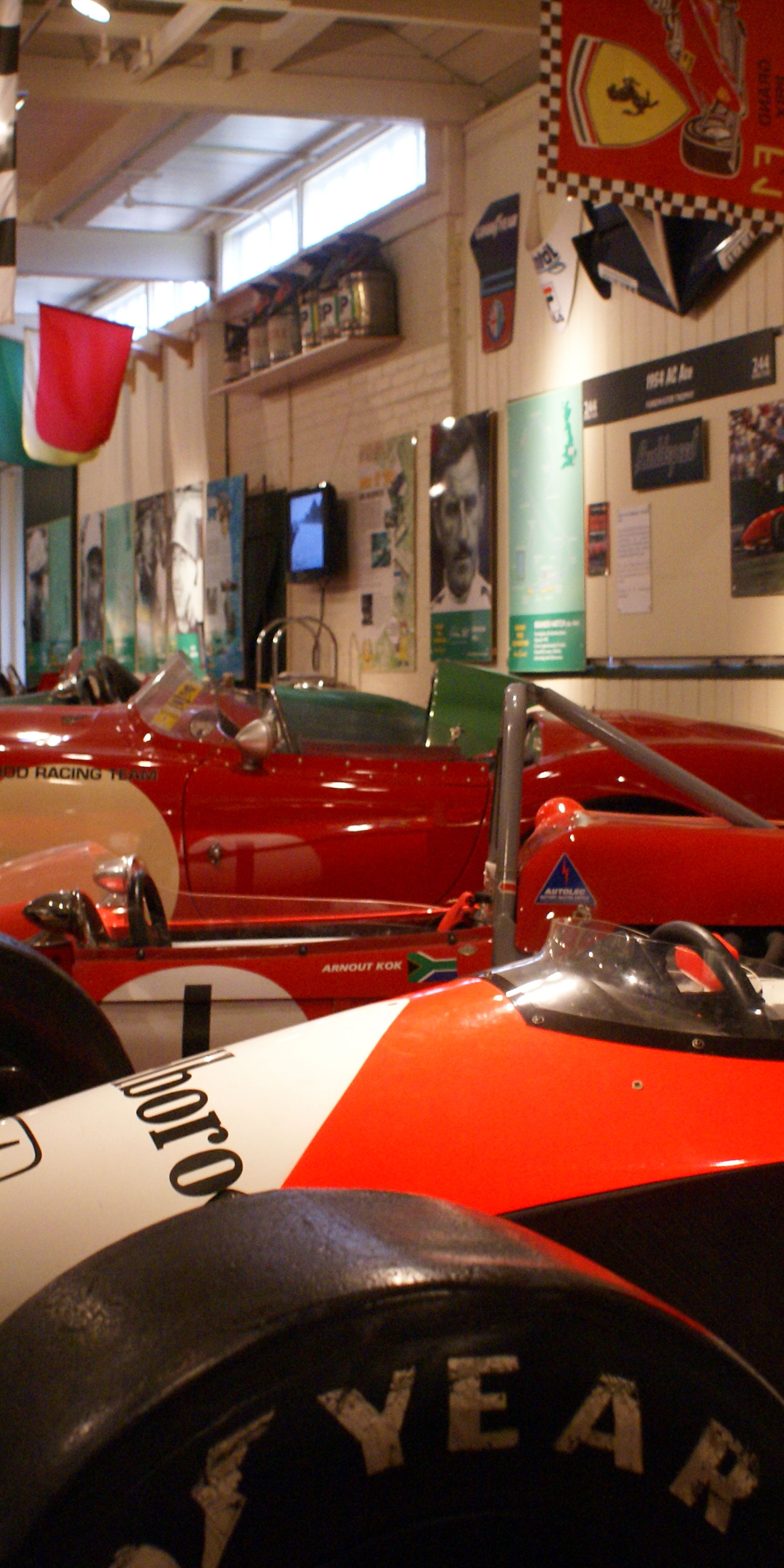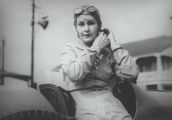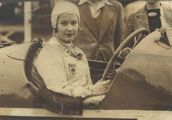Brooklands Stories: Kay Petre
06 April 2021
In our next Brooklands Stories, volunteer Peter Kearns is sharing the story of Brooklands motor racing star Kay Petre.
Kathleen Coad Defries was born in Canada in May 1903. Her parents were Robert Leo Defries KC, a barrister in Toronto, and his wife, Annie Gray. She went to school in England and returned to Canada in her twenties. In 1924 she married Langlois de Lefroy but was soon widowed and returned to England. Here she met and married Henry Aloysius Petre in 1929.
Henry Petre was a keen aviator and spent a good deal of time at Brooklands. While here Kay started to take a great interest in motor cars. She began racing in a red Daytona Wolseley Hornet Special bought for her by Henry. In 1933 she bought a two litre Bugatti, described as her first ‘proper racing car’. In this she raced at Brooklands and entered hill climbs including Shelsley Walsh which she was to return to with considerable success later. In 1934 she entered and completed the Le Mans 24 in a team with Dorothy Champney. Managing to complete this race was, in itself, a considerable achievement.
Soon she was well recognised at Brooklands as an elegant, four-foot ten lady in her immaculate, light blue silk overalls and driving a light blue cars, other than when she was driving a borrowed car, which she did many times.
Some of the most striking photographs of this diminutive individual are those of her in, or standing next to, the 10.5 litre V12 Delage. This vehicle was so large, and she was so small, that she had to have wooden blocks fitted to the pedals so that she could reach them. Despite this, she drove this giant machine to Brooklands lap speed records. In it, she also achieved a 130mph BARC badge becoming one of only two women and fifteen men who achieved this accolade during the period it was offered, from 1928 to 1939.
Kay Petre carried on racing in Rileys, Invictas and Bugattis for the next two years. This included taking the Midlands Auto Club’s Ladies Cup and the Shelsley Ladies Challenge in the twin-rear-wheeled White Riley.
In 1937 she went out to South Africa to race her Riley in their Grand Prix season. Unfortunately, a new engine that she intended to use for these races did not arrive with the car, so she was down on power and did not achieve the results she had hoped for. However, whilst in South Africa, she met the Swiss Auto Union driver Berndt Rosemeyer, who allowed her a drive in this revolutionary new, rear engine racing car. She was the only woman to drive this car apart from Rosemeyer’s wife.
On returning to England, Kay Petre was given a place in the Austin works racing team. She achieved considerable success in this team at Crystal Palace and various other sprint race venues. She also made a successful return to Shelsley Walsh hill climb, winning the Ladies Challenge Trophy.
She continued with a variety of motorsports in England and abroad, notably in the Monte- Carlo and Paris to Nice rallies, until tragedy struck in September 1937. It was a practice session for the BRDC 500km race at Brooklands, Kay Petre was driving an Austin 7 and a much larger MG Magnette stalled high up on the banking, slid down and hit her car. It was knocked off the track and rolled over on top of her. She was in a coma for some days and underwent surgery to her head and face. After serious and widespread paralysis, she eventually made a good recovery, the only permanent damage being some paralysis of one side of her face.
In the following year, she was visiting Brooklands as a spectator. While walking along the side of the track with some friends, there was a crash, and a car came off the track into her group. Several of her friends were injured, one fatally. She suffered further head and facial injuries.
After this, Kay Petre started working as a motoring journalist. Again, disaster struck. When covering the Monte Carlo rally in 1939 she was driving some fellow journalists to dinner and had a head-on crash with a lorry. One passenger was killed, and she was hospitalised with more head injuries.
Again, she recovered and went on to be the first woman to be accepted into the British Guild of Motoring Journalists. During the war she joined the Ministry of Food, writing about nutritional matters, giving advice and guidance to families who were suffering from massive food shortages that were a major issue on the home front. After the war, she continued as a food columnist for the Daily Sketch and also as a motoring correspondent for the Daily Graphic.
In 1952 she was invited back to Austin as a colour consultant for the new ranges of cars. She advised on both the external colour and the internal fabrics for the new Mini models. She continued in this role when Austin had been absorbed into the British Motor Company.
Gradually the effects of her injuries took hold. She suffered from headaches and memory loss. Her husband Henry died in 1962 and she returned to Canada for a short time. Having found the weather too cold, she returned to England to live in St John’s Wood and later, a care home in Camden. She died there on 10th August 1994 at the age of 91. She was buried back in Toronto in a family grave.
Two years later, she was inducted into the Canadian Motorsport Hall of Fame.
Peter Kearns, Brooklands volunteer



